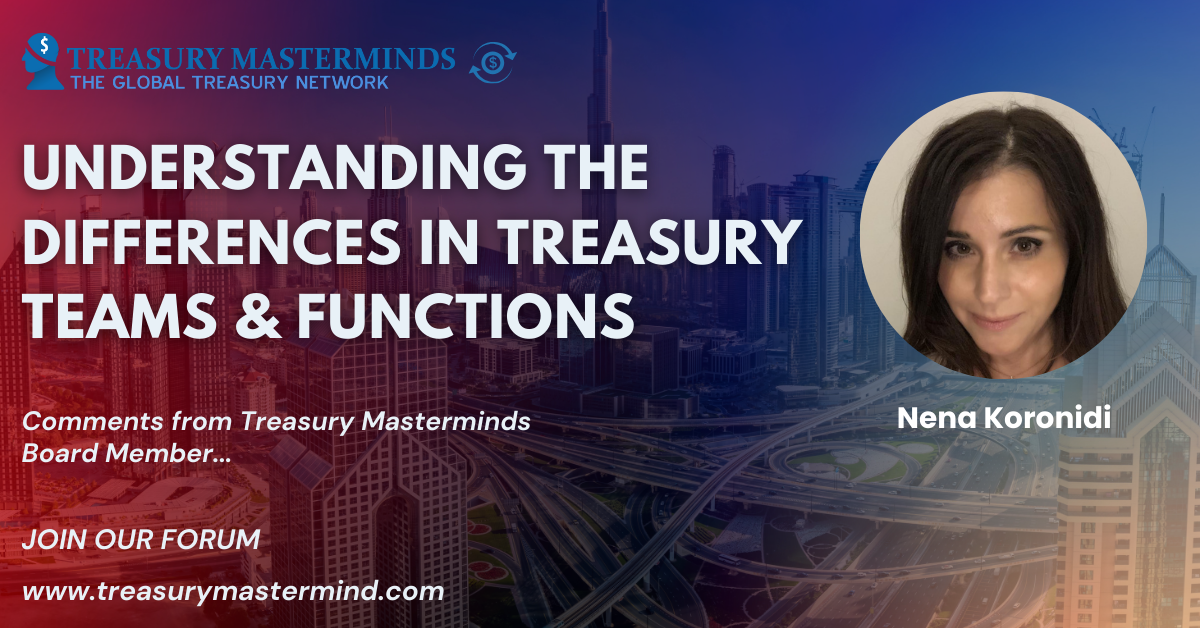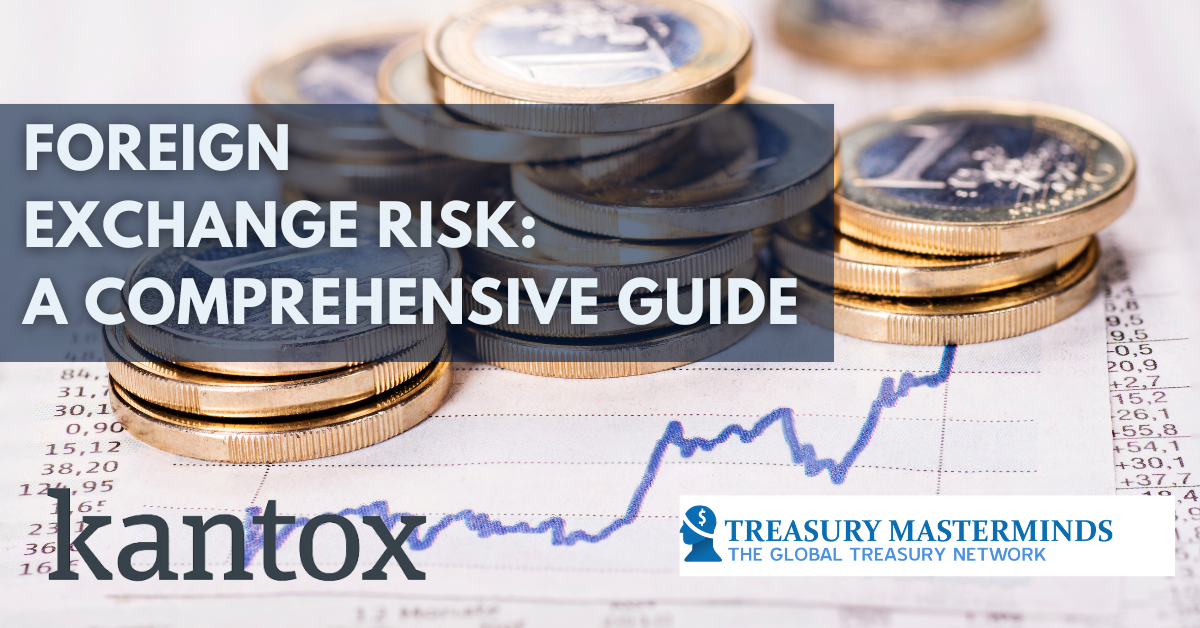
A guide to SME Payment hubs: Streamlined payment processes
This article is written by Nomentia There are a few things that are more important for small and medium-sized businesses than efficient payment processing. Prompt payment processing drives liquidity and makes cash flow management make sense. Smooth payment processes contribute to competitive advantage, reduce costs, help manage risks, and, in tandem with your other systems,…

When Interim CFOs become Sustainability Managers
This article is written by HedgeGo Interim CFOs and their challenges The appointment of an interim CFO often includes the company’s desire to change or transform existing processes and directions. This may involve restructuring the entire company or “just” introducing new systems; in any case, “change” is the order of the day. The deployment of…

Understanding the Differences in Treasury Teams & functions: Middle East vs. Europe and the US
In the intricate world of corporate finance, the structure and setup of treasury teams can vary significantly depending on the region. From the oil-rich landscapes of the Middle East to the regulatory frameworks of Europe and the dynamic capital markets of the US, each region has distinct characteristics that shape how treasury functions operate. Understanding…

Foreign Exchange Risk: A Comprehensive Guide
This article is written by Kantox Foreign exchange risk, also known as currency risk or FX risk, refers to the potential for financial loss or gain resulting from fluctuations in exchange rates. This risk is particularly relevant to businesses engaged in international operations. Understanding and effectively managing foreign exchange risk is crucial for maintaining profitability, cash…

Optimize Your Cash Forecasting with AI
This article is written by Kyriba Imagine a world where manual processes and guesswork don’t bog down forecasting. Instead, your forecast is created easily using real-time data and predictive analytics. This is the potential of artificial intelligence (AI) in modern financial operations; this is the power of AI in cash forecasting. AI’s ability to process vast amounts…




